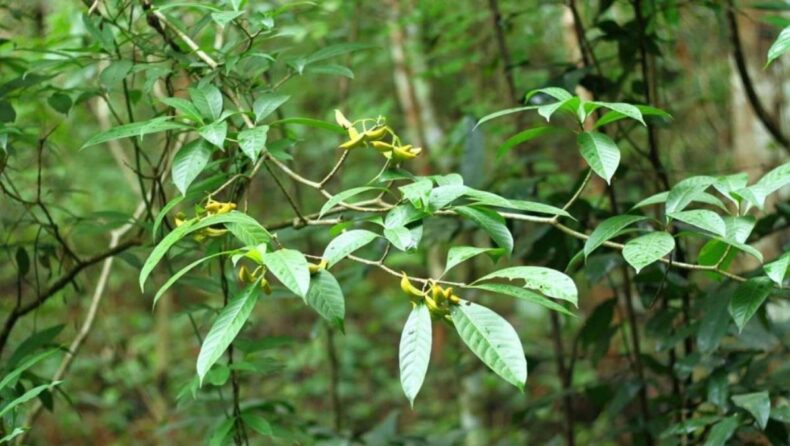The Supreme Court said on Monday that governments must be proactive in conserving ecology, noting that now the threat of catastrophic climate change is looming large due to global warming, and ordered that one kilometre around all protected forest, national park, as well as wildlife sanctuary be proclaimed a “eco-sensitive” zone where almost no mining, construction, or other projects will be allowed. “ECZ 1 Km around sanctuaries and National parks”.

Supreme Court’s statement
Justices L Nageswara Rao, B R Gavai, and Aniruddha Bose wrote that adhering to the idea of sustainable development is indeed a constitutional duty, and that environmental and forest preservation are urgently needed. The court stated that the 1 km wide “no-development zone” is the minimum and that it “ECZ 1 Km around sanctuaries and National parks”.might be enlarged based on the area an
d position of protected forests because there was no consensus between different authorities concerning the area to be recognised as an ESZ.
The Supreme Court also ordered all states and UTs’ Chief Conservators of Forests to make a list of structural components that within ESZs & send a report in within three months.
“Such authorities can seek assistance from governmental entities for satellite imaging as well as photography utilising drones for this reason,” the bench stated. The order came in response to a pending PIL named T N Godavarman vs UOI, which dealt with problems such as forest preservation.

The Sustainable Development
In relation to natural resources, the state must also operate like a trustee for such benefit of the public in order to achieve long-term sustainability.
“With the potential of climatic disaster involved in global warming growing large,” Justice Bose said for the Bench, “such a purpose of the government is much more vital today than, perhaps, at any moment in history.”
The decision came in response to a plea filed for the conservation of forest area in Tamil Nadu’s Nilgiris district. The court then expanded the scope of the writ petition in order to protect those natural resources across the country.
The court ruled that if any national park and protected forest seems to have a buffer zone stretching beyond one kilometre, that would take precedence. If a statutory decision on the buffer zone’s size is pending, the court’s order to maintain the one-kilometer safety zone will apply until the law makes a final determination.
“Mining within wildlife sanctuaries and national parks will not be tolerated,” the court said. It made the Principal Chief Conservator of Forests & State Home Secretaries liable for the judgment’s implementation.
read more:-https://tdznkwjt9mxt6p1p8657.cleaver.live/the-twin-taliban-issue-in-pakistan/













